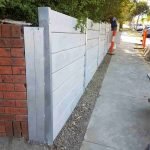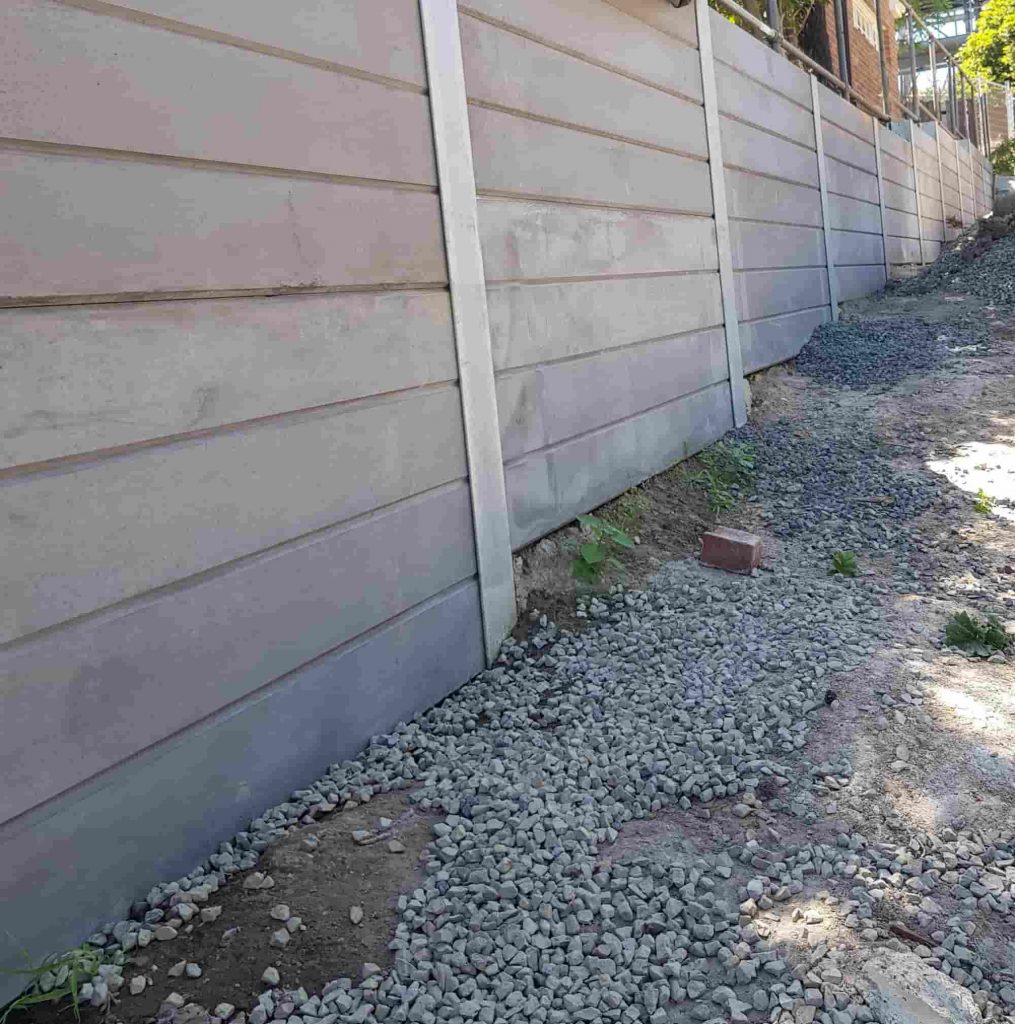Introduction
Retaining walls are more than simple structures; they embody the https://reidcontractormuih651.bravesites.com/entries/general/Typical-Mistakes-Retaining-Wall-Contractors-Prevent artistry of engineering and style. When we think about changing our landscapes, keeping walls often act as critical components that not just support the ground however likewise boost the visual appeal of our yards. The journey from an initial concept to a wonderfully built retaining wall can be daunting. However, with the ideal competence and imagination from professional contractors, this vision can flawlessly develop into reality. In this comprehensive guide, we'll explore every aspect of working with creative retaining wall builders, diving deep into products like timber sleeper, concrete sleeper, and H beam constructions.
From Vision to Truth: Working with Creative Retaining Wall Builders
What Are Maintaining Walls?
Retaining walls are structures developed to keep back soil and avoid erosion. They have a variety of applications, from landscaping looks to essential structural stability in uneven surfaces. These walls can be made from various materials including concrete, wood, stone, and even gabions.
Why Pick Creative Retaining Wall Builders?
When it comes to building a retaining wall, picking the ideal builder is vital. An imaginative home builder doesn't simply focus on functionality; they likewise consider how the structure will mix with your landscape. This makes sure that your vision is not just recognized but elevated.
Understanding Different Types of Maintaining Walls
Gravity Walls
Gravity walls rely on their weight to resist soil pressure. Typically made from heavy products like concrete or stone, these walls are uncomplicated however require significant space.
Cantilever Walls
These walls use leverage for stability. They are normally made from enhanced concrete and work well for taller structures.

Anchored Walls
For situations where extra support is required, anchored walls are ideal. They utilize cables or rods anchored into the earth behind them to provide additional resistance.
Materials Utilized in Retaining Wall Construction
Timber Sleeper Walls
Timber sleeper keeping walls use a rustic appeal and are perfect for garden landscapes. Their natural appearance mixes beautifully with outside settings.
- Advantages: Cost effective and easy to install. Disadvantages: Susceptible to rot if not treated properly.
Concrete Sleeper Walls
Concrete sleeper walls supply durability and strength. These precast panels come in numerous designs and colors, permitting customization.
- Advantages: Lasting and low maintenance. Disadvantages: Greater in advance expense compared to timber.
H Beam Walls
H beam maintaining walls integrate modern engineering with visual appeal. H beams provide excellent stability while permitting creative designs.
- Advantages: More powerful than standard materials. Disadvantages: Needs professional installation due to complexity.
The Style Process: From Concept to Implementation
Initial Assessment with Your Builder
The primary step in building your retaining wall includes a preliminary assessment where you share your vision. This is where creative contractors shine; they'll listen thoroughly to your concepts and suggest practical services based upon their experience.
Site Assessment and Recommendations
A professional contractor will conduct an extensive site evaluation before any construction begins. They'll assess soil conditions, drainage patterns, and other elements that might impact the job's success.
Designing Your Keeping Wall
Once evaluation details are gathered, the design stage begins. Anticipate discussions around product choices-- whether you choose timber sleepers for a rustic appearance or concrete sleepers for sturdiness-- and how these options will affect both budget plan and aesthetics.
Building Laws and Permits
Understanding Local Structure Codes
Before building and construction begins, it's essential to comprehend local building regulations relating to retaining wall building. Many areas have specific guidelines worrying height limits, problem requirements from property lines, and drainages systems.
Acquiring Necessary Permits
Professional contractors usually handle licenses as part of their service bundle. Nevertheless, it's still good practice for homeowners to acquaint themselves with what permits may be required for their project.
Construction Phase: Bringing Your Vision to Life
Preparing the Site
This includes clearing plants and particles from the construction area while guaranteeing very little disturbance to surrounding environments-- a crucial phase managed effectively by specialist builders.
Foundation Work
A solid foundation is essential when building any retaining wall type; this action differs based on chosen materials (concrete sleepers versus wood). Contractors guarantee that footings fulfill engineering standards before advancing further.
Wall Assembly Techniques
Different methods apply depending upon product choice:

- For wood sleepers: Proper anchoring strategies must be used. For concrete sleepers: Setup needs raising devices due to weight. H beam installation demands exact alignment for structural integrity.
Finishing Touches That Make a Difference
Landscaping Around Your Maintaining Wall
After building and construction is total, think about landscaping choices around your brand-new wall. Plants can soften its appearance while improving drain-- developing a welcoming environment in your yard!
Maintenance Tips for Longevity
To guarantee your retaining wall lasts through seasons:
Regularly inspect for cracks or indications of wear. Clean any particles accumulation around drain areas. Add soil or mulch periodically as needed for stability against disintegration pressures over time.FAQs About Working With Creative Retaining Wall Builders
What Is The Typical Cost Of Structure A Retaining Wall?
Costs can differ considerably based upon materials used (lumber vs concrete) in addition to design intricacies-- usually varying from $15-$50 per square foot depending mostly upon regional labor costs as well!
How Long Will It Require To Construct A Retaining Wall?
Typically speaking-- most projects take anywhere in between 1 week-- 1 month depending on size/scope involved! Larger projects require more time due too extra preparations needed ahead of time so always seek advice from directly!
Can I Construct My Own Keeping Wall?
While DIY choices exist particularly utilizing lighter products like lumbers-- more complex structures need professionals experienced in structural engineering best practices guaranteeing safety & & resilience throughout lifespan!
What Maintenance Does A Timber Sleeper Wall Require?
Timber sleeper walls need routine inspection especially after heavy rains or snowmelt durations checking footing stability & & treating wood surfaces versus rot/mold buildup remains crucial maintenance aspects!
Are There Eco-Friendly Options For Building A Retaining Wall?
Yes! Numerous business now provide recycled products as options including recovered wood products together with sustainable sourcing practices promoting greener structure methods overall!
Conclusion
Transforming your landscape through a magnificently constructed retaining wall does not need to be overwhelming when you work with skilled specialists who appreciate both artistic design concepts alongside technical knowledge! By comprehending different types-- from wood sleepers & & concrete alternatives right down through ingenious h beam solutions-- you'll find exactly what suits finest within individualized visions turning dreams into tangible truths! So why wait? Begin checking out how creative retaining wall home builders can help bring YOUR special outdoor goals alive today!